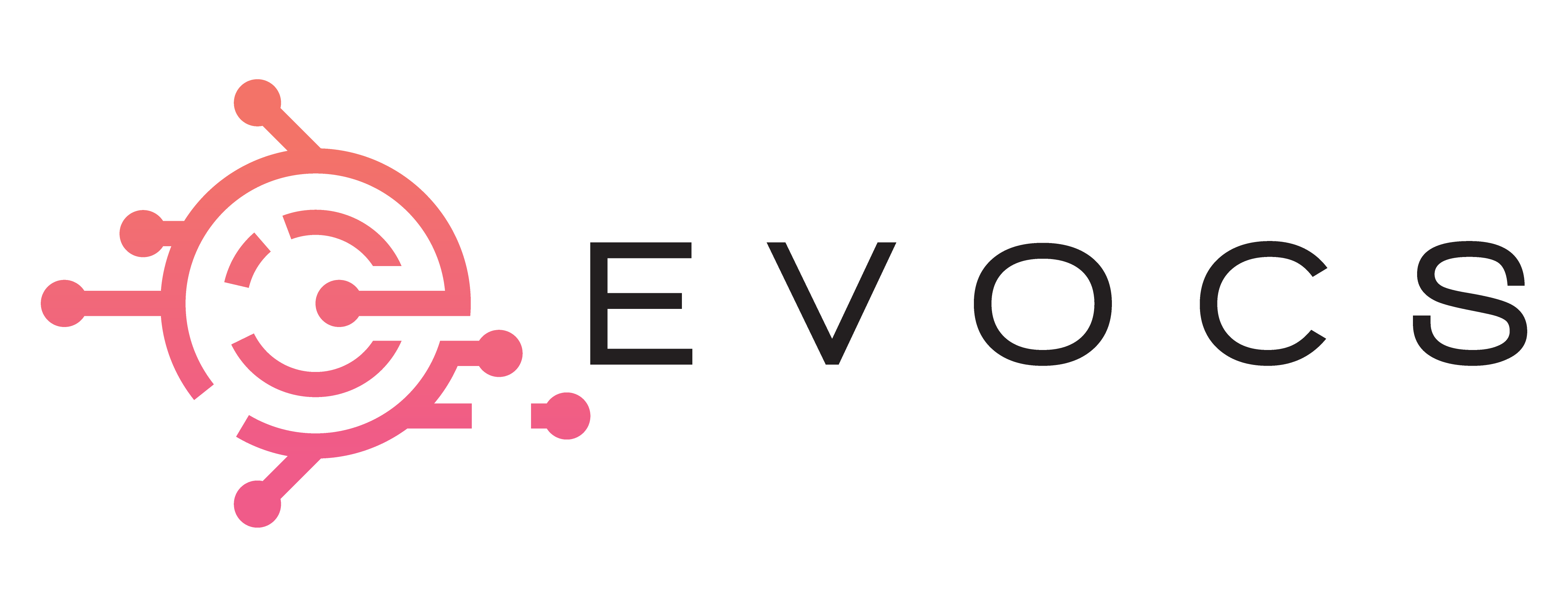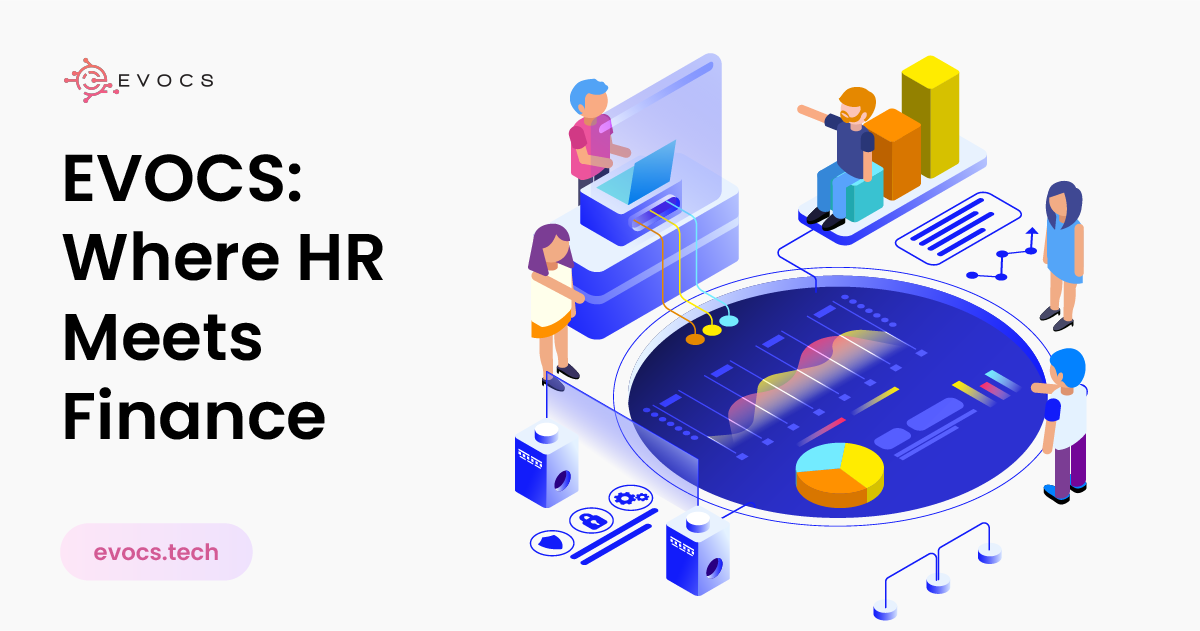From Silos to Strategy: How EVOCS Aligns Finance and HR Across 45+ Critical Touchpoints
Today, change is the only certainty, while complexity continuously increases—and Finance and HR cannot continue to function independently of each other. Executives are being urged to go further with fewer means in a way that controls workforce expenses, regulates risk, and maintains personnel supply chains. While the finance teams are challenged to deliver better forecasts, plan and model scenarios, and manage spending on people, travel, and anything else—and much more. These mandates are not exclusive of each other; they are complementary. However, commonly, the systems, processes, and data of Finance and HR functions remain broken. That’s where EVOCS comes in. Why HR and Finance Must Move Together Each and every action related to the workforce—such as hiring or promoting employees, training them, transferring them, or terminating their contracts—has definite financial implications. Similarly, virtually all budgeting outcomes, changes to forecast provisions, or any alterations to expense policies have consequences on people. When these actions are disconnected, organizations are exposed to the following negative effects: Inaccurate forecasts Redundant processes Delayed approvals Poor workforce visibility Manual data re-entry Unintended compliance risks It’s not just inefficient—it’s costly. A Single View of People and Performance EVOCS specifically enables organizations to eliminate the key areas of difficulty between human resources and financial sectors by engineering an array of touchpoints—with an effective infrastructure of planning platforms, workflow models, and an industry-proven transformation strategy. If you’re running your PeopleSoft-based HR and your financials in a different system—or if you have a combination of on-premise and cloud systems—EVOCS sets up shared logic, data pathways, and KPIs on the fly that: Support strategic planning based on required changes in staff Ensure payment and benefits are accurately passed into cost models Automate the approval processes needed to quickly implement org structures Link recruiting, onboarding, and compensation to key financial plans that align with financial goals Enhance audit trails and reduce tax, legal, and compliance risks There is not just a line drawn and another line connected with it; we redraw the whole picture. Use Cases in Action Here are two true stories of how such thinking goes wrong: Use Case 1: Financial Reforecasting Aligned with Hiring Delays One mid-sized technology company approved the creation of 80 customer success positions. HR began recruiting during that period, but the organization faced challenges in ramping up hiring in the market. Finance continued forecasting using a fully staffed model—until Evocs implemented a headcount-to-cost model. In cases of hiring delays or declined offers, every action adjusted expense estimates, cutting forecast variance by 60%. Use Case 2: Streamlining Procurement and Role-Based Spending A national healthcare provider used a manual method to manage procurement rights for employees undergoing transfers or promotions. This led to overspending and multiple audit concerns. EVOCS automated the matching process between HR job types and the corresponding approval flows in Finance. Spend limits, system access, and budget visibility changed automatically with each new role—cutting procurement policy violations by over half. The Outcome: Of Being In Sync That Fuels Flexibility Companies that strategically align human resource management with finance planning, operations, and analysis can: Reduce workforce-related forecasting errors by up to 40% Shorten planning and close cycles by 30% or more Mitigate time taken for onboarding and ramp-up Eliminate manual handoff processes and save time and money Make faster, better-informed strategic decisions EVOCS goes beyond the mere adoption of systems; it improves the relationship between HR and Finance to enhance overall organizational performance. Appendix: The 45+ Strategic Touchpoints Between Finance and HR Provided with subtopics and simple descriptions on each. Budgeting, Headcount Planning & Org Management Touchpoint Description Approved FTE Plan to Hiring Authorization HR can only recruit for roles approved by Finance. Org Changes to Budget Realignment Restructures impact budget lines; systems must reflect updates. Vacancy Tracking to Labor Forecasts Unfilled roles create cost variance if not accounted for. Headcount Plan to Actual Variance Reporting Compare what was planned vs. what was staffed to guide hiring. Payroll, Benefits & Compensation Touchpoint Description Salary Bands to Budget Constraints Pay ranges should reflect what Finance has allocated. Bonus Plans to Financial Accruals Performance-based pay must be forecasted and accrued. Benefit Enrollment to Payroll & Costing New or changed elections impact payroll and financials. Onboarding Packages to Forecasting Total compensation (including perks) must show up in models. Leave of Absence to Payroll Adjustments Time off must reduce or defer labor costs in forecasts. Financial Forecasting, Reporting & Close Touchpoint Description Attrition Forecasting to Budget Adjustments Anticipated turnover should update spending plans. New Hire Timing to Cash Forecasting Start dates determine when costs hit the books. Org Chart Access to Financial Dashboards Promotions/demotions must update reporting visibility. Incentive Plan Adjustments to Year-End Reporting Compensation shifts must reflect in accruals. Workforce Drivers in Financial Models Every employee has fixed and variable costs attached. Project & Resource Management Touchpoint Description Project Staffing to Labor Budgets Assigning people must sync with budget approvals. Skills to Resource Planning Match talent availability to project timelines and ROI. Timesheets to Revenue Recognition Time logged drives billing and cost realization. Role Promotions to Spend Limits New roles often come with new approval privileges. Overtime Trends to Risk Modeling High overtime = staffing gaps = financial risk. Procurement & Spend Management Touchpoint Description Role Changes to Approval Routing Spend limits should follow employees—not systems. Manager Updates to Purchasing Limits New leaders must inherit spend visibility. New Hire Onboarding to Equipment Budget Each new hire needs assets; costs must be forecasted. Travel Policy by Job Type Frequent traveler roles need aligned policies. Reimbursements to Payroll Deductions Correctly record taxed vs. non-taxed expenses. Recruiting & Onboarding Touchpoint Description Approved Reqs to Budgeted Roles Hiring starts only once costs are cleared. Offer Acceptance to Financial Provisioning Once accepted, comp and tools are activated. Source of Hire to Cost Analysis Track recruiting ROI by source/channel. Onboarding Milestones to Payroll Readiness Get new hires into payroll without delay. Performance & Development Touchpoint Description Performance Goals to Bonus Forecast Goal outcomes drive variable pay. Training Impact to Productivity Metrics Training ROI


